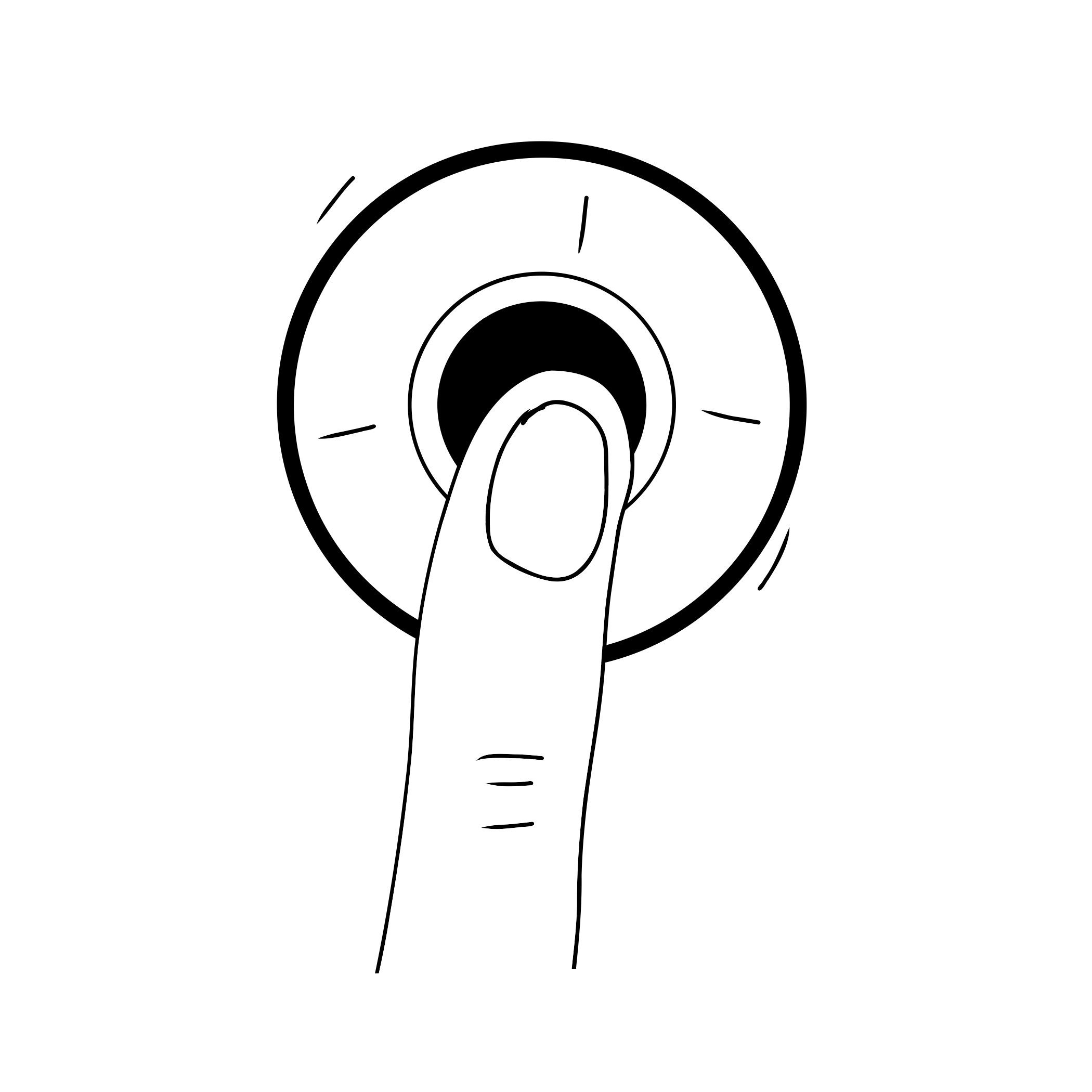
WHY USER ADOPTION?
Most companies assume that new technology will be adopted and used automatically by each user. Long story short: They won’t - and here’s why.
What we experience in our technology implementation projects
Not every technology...
.. is suitable for every user
Task-relevancy
.. is relevant for every user
Feature-relevancy
.. is used to the extent planned
Usage-relevancy
.. meets users’ expectations
Perceived usefulness
Our approach
That’s why our User Adoption approach focuses on human factors as well as task-relevant factors as much as on the technological side of IT projects.
How we think & work
Only the combination of human, tech and task-relevant factors will enable User Adoption and create business impact, ensuring a high return on your technology investment. We developed a unique, evidence-based methodology that helps us address your goals and the needs of your users on every step of the adoption journey.
Why it works
Realities are perceived individually and subjectively. Meaning, something that is useful from the IT perspective may be perceived impractical from an end user's standpoint. That’s why we target the underlying factors that determine users’ intention to utilize technology in their everyday work.
Benefits
of well-executed User Adoption
High ROI
The more users make full use of the purchased licenses, the more the investment pays off.
High user engagement
Targeted communication and added value for the user leads to high user engagement.
Few help desk tickets
Targeted information, self service and user enablement reduce the need for help desk support.
Fast problem detection
Users who are familiar with the technology can report problems faster and more accurately.
User Adoption is for you if..
#1
you are an IT manager planning to introduce a new software or technology and you want to ensure a frictionless transition.
#2
you already introduced a new technology in your company, but the users do not use it as much as expected or seem to be biased towards it.
#3
your management wants do to “something different” or “something for the users” in your next software/technology rollout.

“We were wondering why certain technologies, which had been rolled out before, didn’t seem to be accepted by large numbers of our users. While their purpose and advantage had been very clear to us, we came to realize that the users couldn’t possibly be aware of that. So we felt that we needed to address this fact in order to change it.“
– Jens Uhle, Senior Project Manager, WACKER Chemie








